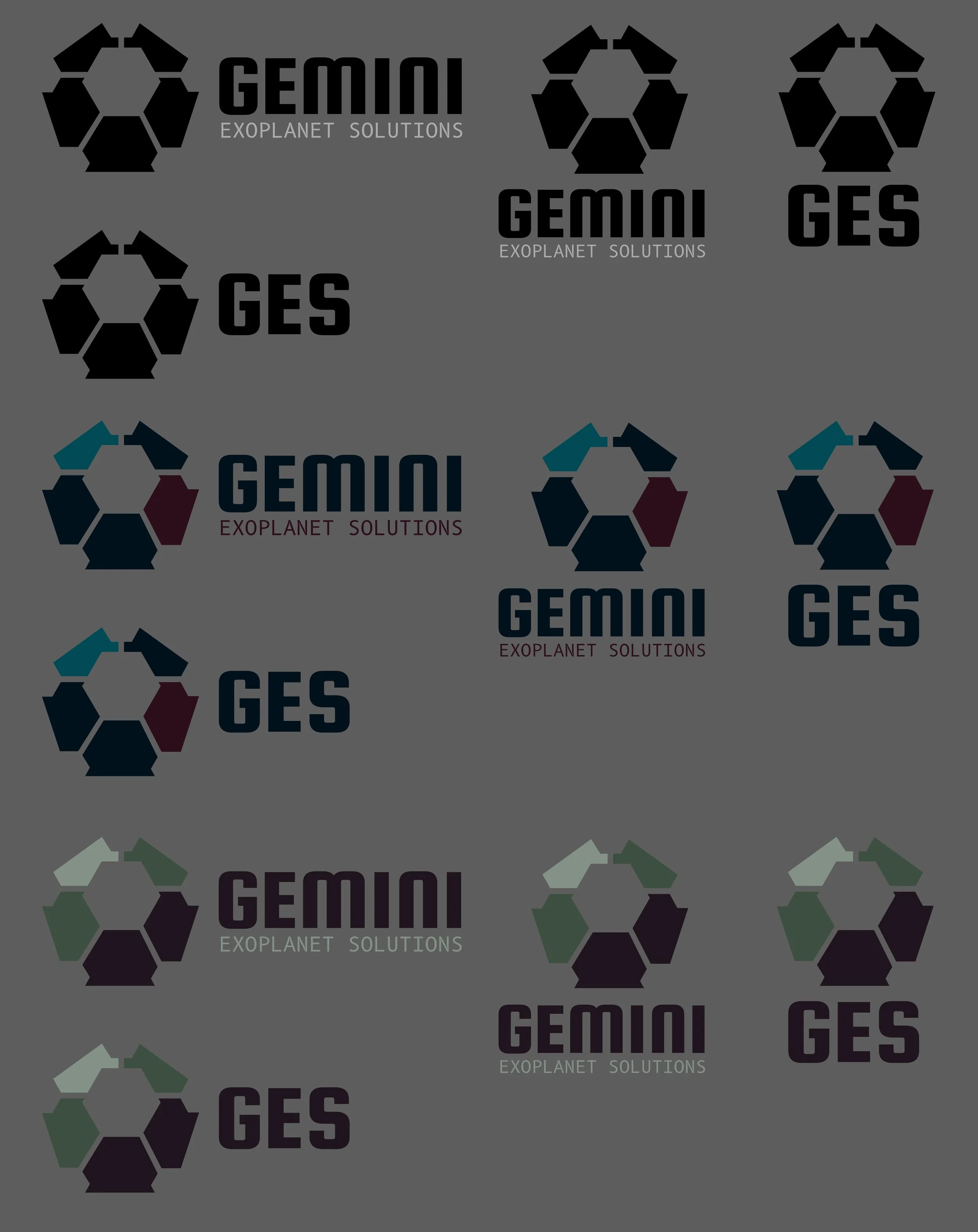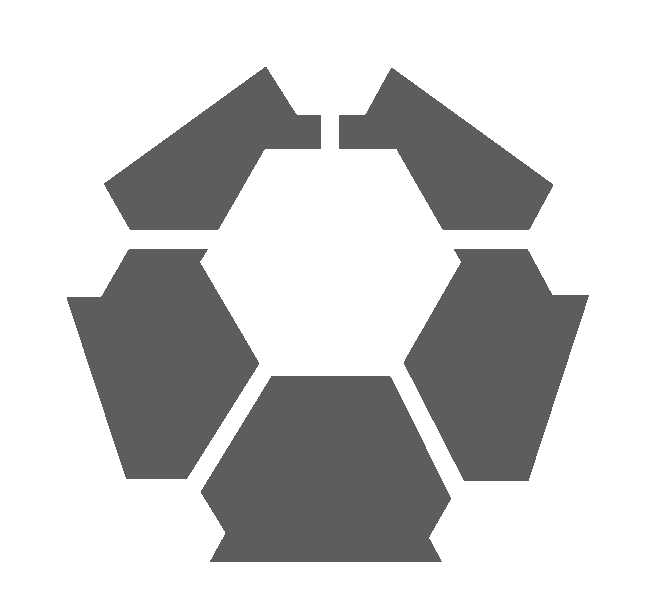ALIEN: ROGUE INCURSION
D.I.C.E Nomination for Immersive Reality Technical Achievement
Although Alien: Rogue Incursion didn’t take home a win at the D.I.C.E. Awards, it was an incredible honor for our game to be nominated in two categories alongside so many amazing titles from 2024. Nominations; Immersive Reality Technical Achievement and Immersive Reality Game of the Year
I’m incredibly grateful to have been nominated for one of the categories, Immersive Reality Technical Achievement, for my work in UI Design. As the sole UI/UX designer for much of development, this recognition means a lot and wouldn’t have been possible without the amazing dev team at Survios that brought this game to life.
Diegetic UI
I designed the game’s UI to seamlessly integrate with the world, creating a fully immersive experience for players. The Visuals of the UI are supposed to represent the Used Future aesthetic of the original Aliens movie. Balancing effective UX with visual elements that naturally blended into the environment was a challenge — but in the end, everything came together beautifully.
Davis Tablet
The Davis Tablet stores all key player info — Map, Objectives, Inventory, and Intel — making it essential to Zula. Early on, we decided that after Davis’s death, his mind would merge with the tablet. This was a great UI opportunity to visually represent this transition. At first, the interface is green with the GES logo, but once Davis takes over, it shifts to blue, replacing the logo with his iconic glasses, making it feel like Davis truly lives inside the device.
Expanded Mode










Condensed Mode
The tablet’s Condensed Mode gives players a quick overview of their current objective. It’s also used to open locked doors, download intel, and connect to terminals.
Wrist Tracker
Zula’s wrist tracker links directly to the tablet and its inventory, displaying vital stats like remaining bullets, magazines, tactical count, health, and X-Stim Injector supply. Since it’s synced to the tablet, its colors also shift from green to blue when Davis integrates with the system.
Terminals
The terminals scattered throughout the world add an extra layer of immersion, requiring players to interact with them to progress through certain levels. They also deepen the narrative, featuring messages from employees that reveal what happened to the facility and offer glimpses into their lives.





Motion Tracker
The motion tracker is an iconic piece of technology that alerts players to nearby Xenomorphs. Here’s a concept I developed for our game’s motion tracker, inspired heavily by Alien: Isolation
Non Diegetic UI
Outside of gameplay, the UI switches to a traditional menu-based design. This helps players clearly distinguish when they’re not actively in the game. Keeping the menus simple with intuitive UX was key for avoiding confusion and ensuring a seamless experience.
Main Menu / Pause Menu









GES Logo
I was tasked with designing the logo for the facility where Zula landed. After many iterations, we ultimately settled on a design with strong, impactful shapes and a versatile style that can be adapted to any color scheme.
The GES logo symbolizes the company’s manifesto. Centered on a hexagon representing “Mother Nature,” its outward-reaching tentacles generate new hexagons, reflecting growth and innovation. The inversion of positive and negative shapes highlights the idea of repurposing existing technologies. Beneath this, the distorted, abstract form hints at a darker hidden agenda — the corporation’s secret black site and Xenomorph experiments.
Design Pillars
PILLAR 1: Seamless Simulation
Ensure the UI elements are diegetic, seamlessly integrated into the virtual environment, and consistent with the game world.
Design UI elements like the Wrist Tracker, Motion Tracker, Davis Tablet, and potential new gear to enhance immersion and maintain the sense of presence.
Use visual cues, such as wounds on the character's body or the UI related equipment/gear, to convey information instead of traditional floating UI elements.
PILLAR 2: Intuitive Interactions
Encourage intuitive and natural interactions within the virtual world by allowing physical interactions with the UI elements.
Design UI elements that leverage depth perception and spatial awareness, making it easier for players to locate and interact with them.
Minimize the need for shifting between the virtual world and 2D UI screens by integrating diegetic UI elements into the game world.
PILLAR 3: Accessible Adventures
Utilize screen space effects, visual effects (VFX), and audio cues to effectively communicate UI information to the player.
Explore the use of audio directions, ghost hands/controllers, and other non-intrusive methods for guiding players through tutorials without relying on traditional UI.
Provide accessibility options for players to have an easier time in VR. By default, the UI should not feel as if it’s hand holding the player through the game experience.








